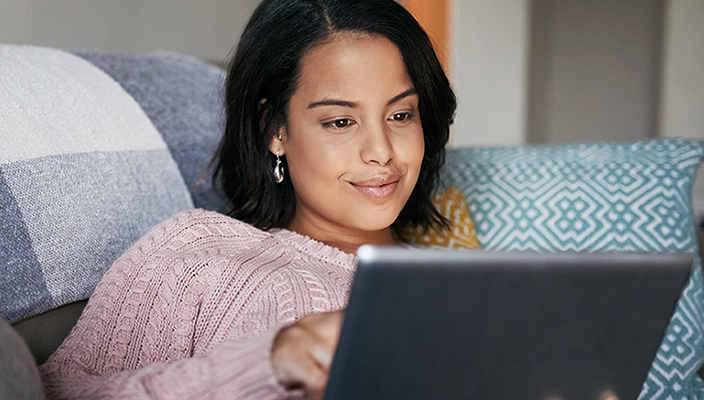You may have heard the saying “Prevention is the best medicine.” For the virus that causes COVID-19, a big part of prevention will be a vaccine. Vaccines can prevent deadly diseases. But designing and producing a safe, effective vaccine can be a long and tricky process.
Vaccines work by making us immune to a disease. To do this, they may include small amounts of weakened or killed germs, genetic material from germs, or combinations of both. But the vaccines don’t have enough germs in them to make us sick. With these germs, a vaccine sends a message to your immune system to make special germ-fighting proteins called antibodies, just like it would if you were exposed to the disease. This way, you can become immune to that disease without having to get the disease first.
We now have vaccines for many diseases, from polio to measles to chickenpox. Researchers working on the COVID-19 vaccine know their task is urgent. Still, there are many steps to follow, and each step takes time to do safely and correctly.
First, scientists have to study the virus to understand how it infects us. Then they must make a potential vaccine—called a vaccine candidate—to test. The scientists try to make a vaccine candidate that has just the right mix of weak or inactive germs, cells, and other materials. This step is done in a laboratory before the vaccine candidate is tested in people.
When the time comes to test the vaccine candidate in people, it happens in at least three stages, called phases.
- Phase I trials involve small groups of healthy volunteers. The goal is to test whether the vaccine candidate is safe. The trials also test what amount of the vaccine candidate people can take safely.
- Phase II trials include more people. These trials test reactions to the vaccine in a larger, more diverse set of volunteers; test different dosing schedules; and assess safety.
- Phase III trials may involve hundreds or thousands of people. These trials test how well the vaccine candidate does the job it was designed to do: helping the body build up antibodies to prevent infection. They also test the vaccine’s safety in a large group of volunteers. Having a big group helps because some rare side effects might not show up in the smaller groups of people tested in earlier phases.
Once researchers find a safe and effective vaccine, there are more time-consuming steps. Manufacturers have to make a lot of the vaccine. They have to get it to health care workers around the world. And then, of course, we all have to go get vaccinated!
As COVID-19 became a worldwide threat early this year, researchers at NIH’s National Institute of Allergy and Infectious Diseases, headed by Anthony Fauci, M.D., quickly got to work on developing a vaccine. The first NIH-funded Phase I trial started in March. In April, NIH helped form an international team of government health agencies, nonprofit organizations, and drug companies. The team aims to speed up vaccine development by sharing resources and working together.
Much like All of Us, vaccine research also benefits from having people from all backgrounds participate. By including more diverse groups of people, researchers can learn more about how vaccines affect people differently. There are several studies currently underway, and there are many resources available if you are interested in participating.
Making a vaccine is a big job. But we’re all in this together, and working together will be the key.
To learn more about NIH efforts to create a COVID-19 vaccine, visit https://www.nih.gov/news-events/news-releases/nih-launches-clinical-trials-network-test-covid-19-vaccines-other-prevention-tools. To learn how to volunteer for a COVID-19 prevention study, please visit https://www.coronaviruspreventionnetwork.org/.








